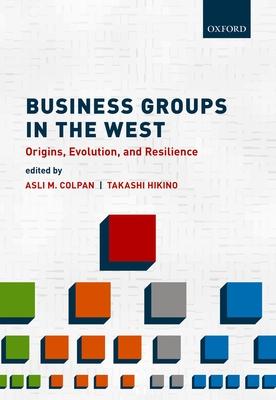In spite of surging interest in the business group organization among business scholars, economists and historians in recent years, academic research on business groups has to date remained within the boundary of emerging markets.
The major aim of this volume is to explore the long-term evolution of different varieties of large enterprises in today’s developed economies in the West. More specifically, the volume focuses on the economic institution of the business group and aims at understanding the factors behind its rise, growth, resilience, and/or fall; its behavioural and organizational characteristics; and its contributions to national economic development.
While business groups, especially those with widely diversified product portfolio, are a dominant and critical enterprise model in emerging and developing economies and have lately attracted much attention in academic circles and business presses, interestingly, their counterparts in developed economies have not been systematically examined. This contempt for business groups in mature market settings stands in sharp contrast to the intensive research that has been conducted on other major models of large modern enterprises in those economies, such as functionally-organized firms with a clear product focus and multidivisional enterprises that have diversified into related product lines. The present book aims to fill in this gap in the literature by adopting a coherent approach to this elusive subject.
| FindBook |
|
有 1 項符合
Asli M.的圖書 |
 |
$ 9600 | Business Groups in the West: The Evolutionary Dynamics of Big Business
作者:Asli M.(EDT)/Hikino,Colpan,Takashi(EDT) 出版社:Oxford Univ Pr 出版日期:2018-04-22 語言:英文 規格:精裝 / 18.4 x 25.4 x 3.8 cm / 普通級  看圖書介紹 看圖書介紹
|
|
|
圖書介紹 - 資料來源:博客來 評分:
圖書名稱:Business Groups in the West: Origins, Evolution, and Resilience
|











